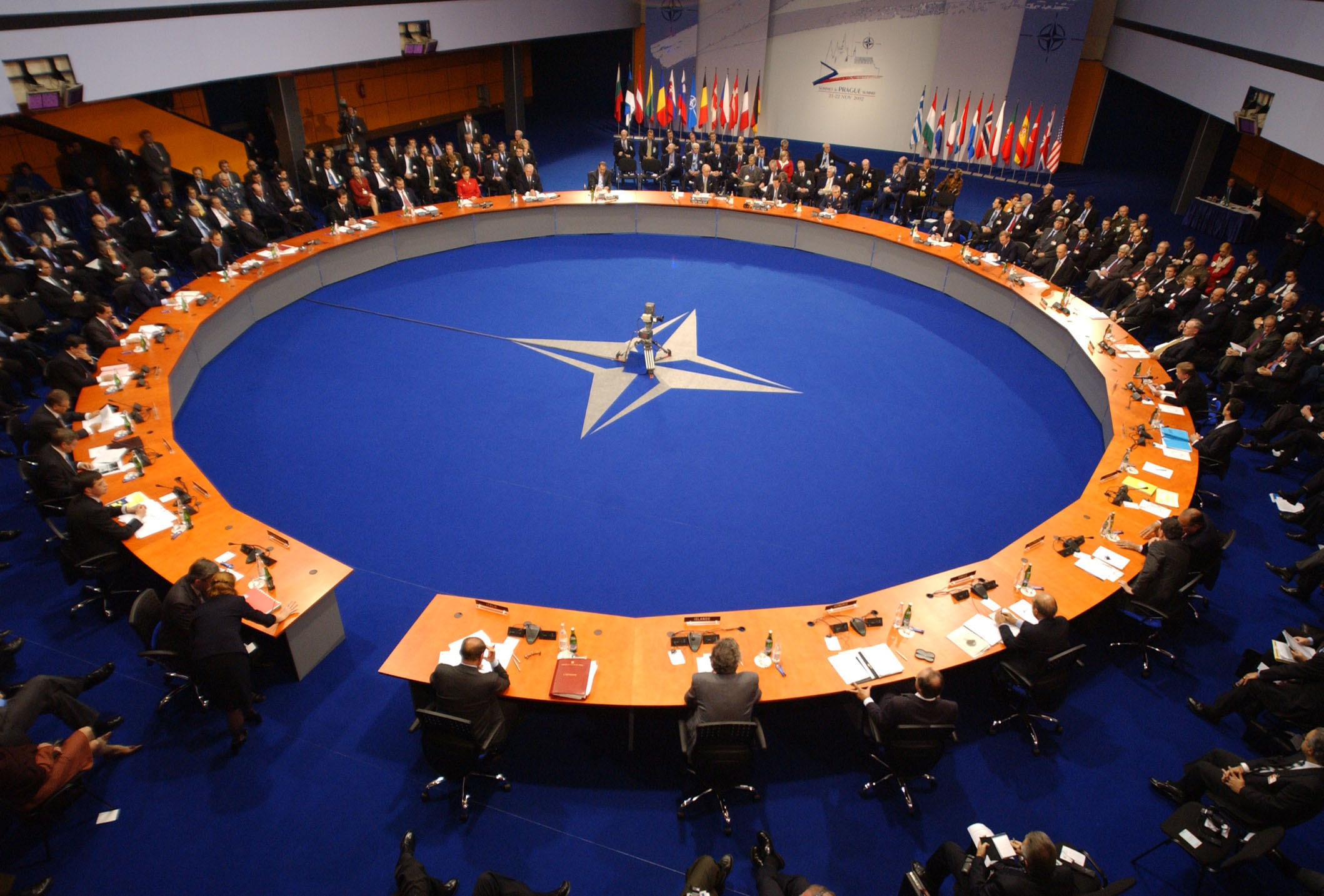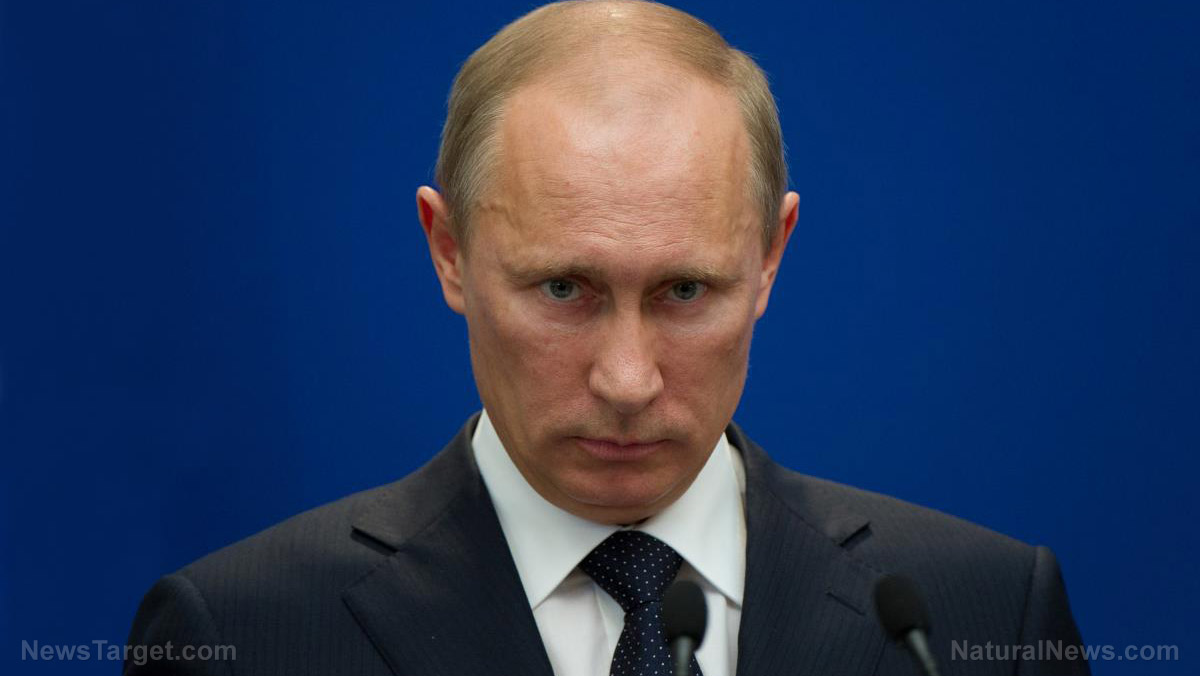 Parler
Parler Gab
Gab
Push for military corridors coincides with NATO's most extensive military drills in decades
On Tuesday, Jan. 30, Germany, the Netherlands and Poland inked an agreement aimed at streamlining bureaucratic hurdles that impede the rapid cross-border movement of troops and weaponry along a key corridor from the North Sea to NATO's eastern flank. This development comes as a response to the heightened preparations by NATO and the EU following Russia's invasion of Ukraine in 2022, with an anticipation of potential military conflicts with Moscow. In the event of such a conflict, NATO allies, including the U.S., are expected to deploy significant military reinforcements through North Sea ports, traversing Germany and Poland to reach the eastern front. Currently, NATO is engaged in its most extensive military drills since the end of the Cold War, known as Steadfast Defender 2024, involving approximately 90,000 troops. Addressing the importance of facilitating swift military deployments, Dutch Defense Minister Kajsa Ollongren emphasized the necessity of having operational conditions in place before the outbreak of any potential conflict. The geographical reality dictates the need for rapid movement from the Netherlands through Germany to Poland, underscoring the significance of the signed letter of intent for closer cooperation in military mobility—a project that is open to additional partners, according to the EU. NATO has consistently highlighted the issue of excessive red tape hindering troop movements across Europe, which could result in significant delays during a potential conflict with Russia. Sollfrank has stressed the urgency, stating that tasks not completed in peacetime will not be ready in the event of a crisis or war. Challenges include navigating diverse regulations, ranging from advance-notice requirements for ammunition shipments to permissible convoy lengths for military movements. The cooperative agreement among Germany, the Netherlands and Poland represents a concerted effort to address these challenges and enhance the alliance's preparedness. Watch this video about the start of NATO's largest military exercise since the Cold War. This video is from the Puretrauma357 channel on Brighteon.com. More related stories: NATO preparing for World War III. NATO secretary-general’s chief of staff proposes ceding Ukrainian territory to Russia in exchange for NATO membership. NATO running out of weapons for Ukraine: "bottom of the barrel" now visible. Sources include: RT.com Reuters.com Brighteon.comMichael Yon: Migrant invasion could pave the way for DOMESTIC SABOTAGE
By Kevin Hughes // Share
The New World Order is Satanic
By News Editors // Share
Vladimir Putin’s Russia: Perfect foil to the Anglo-American Axis and their New World ‘Order’
By News Editors // Share
Weapons sent to Ukraine are ending up in the hands of Mexican cartels, report reveals
By Cassie B. // Share
Governments continue to obscure COVID-19 vaccine data amid rising concerns over excess deaths
By patricklewis // Share
Tech giant Microsoft backs EXTINCTION with its support of carbon capture programs
By ramontomeydw // Share
Germany to resume arms exports to Israel despite repeated ceasefire violations
By isabelle // Share










